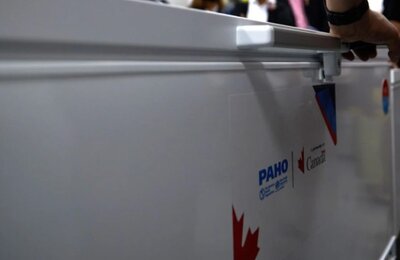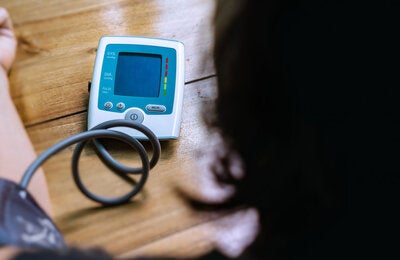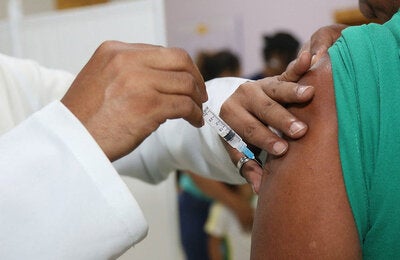
Kingston, Jamaica, 09 May 2024 (PAHO) – In a major boost to Jamaica’s efforts to reduce road traffic injuries and fatalities, the Pan American Health Organization/World Health Organization (PAHO/WHO), in partnership with the National Road Safety Council (NRSC), handed over 52 alcohol breathalyzers to the Government of Jamaica.
The donation, made under the United Nations Road Safety Fund collaboration “Safe System Approach for Safer Roads in Jamaica,” includes 50 Intoxilyzer 300 and two Intoxilyzer 9000 breathalyzers, valued at approximately US$55,000. This equipment was officially handed over to the Prime Minister, Dr. the Honourable Andrew Holness, on April 17, 2025. The new equipment is expected to substantively strengthen the country’s road safety programme by increasing alcohol checkpoints across the island and enabling more efficient roadside testing.
Approximately 30 officers from the Public Safety and Traffic Enforcement Branch (PSTEB) were trained in the use of the new devices. Since the end of April 2025, breathalyzer tests have been administered at approximately 20 checkpoints nationwide, with over 500 tests conducted to date.
Driving under the influence of alcohol remains a pressing concern, with international research linking it to a high incidence of road traffic crashes. Even small amounts of alcohol can impair a driver’s vision, reflexes, and judgment. These factors are often compounded by other risky behaviours such as speeding or failure to wear seat belts.
The breathalyzers are expected to significantly aid roadside law enforcement and prosecution, enhancing Jamaica’s ability to address this serious public safety issue.
In 2022, at the High-level Meeting of the United Nations General Assembly on Global Road Safety, Member States committed to reducing road traffic deaths and injuries by 50 percent by 2030.
PAHO/WHO has commended the Government of Jamaica for its progress, highlighting a decline in road traffic deaths over the past two years, and has pledged continued support for the country’s efforts to meet the 2030 targets.




